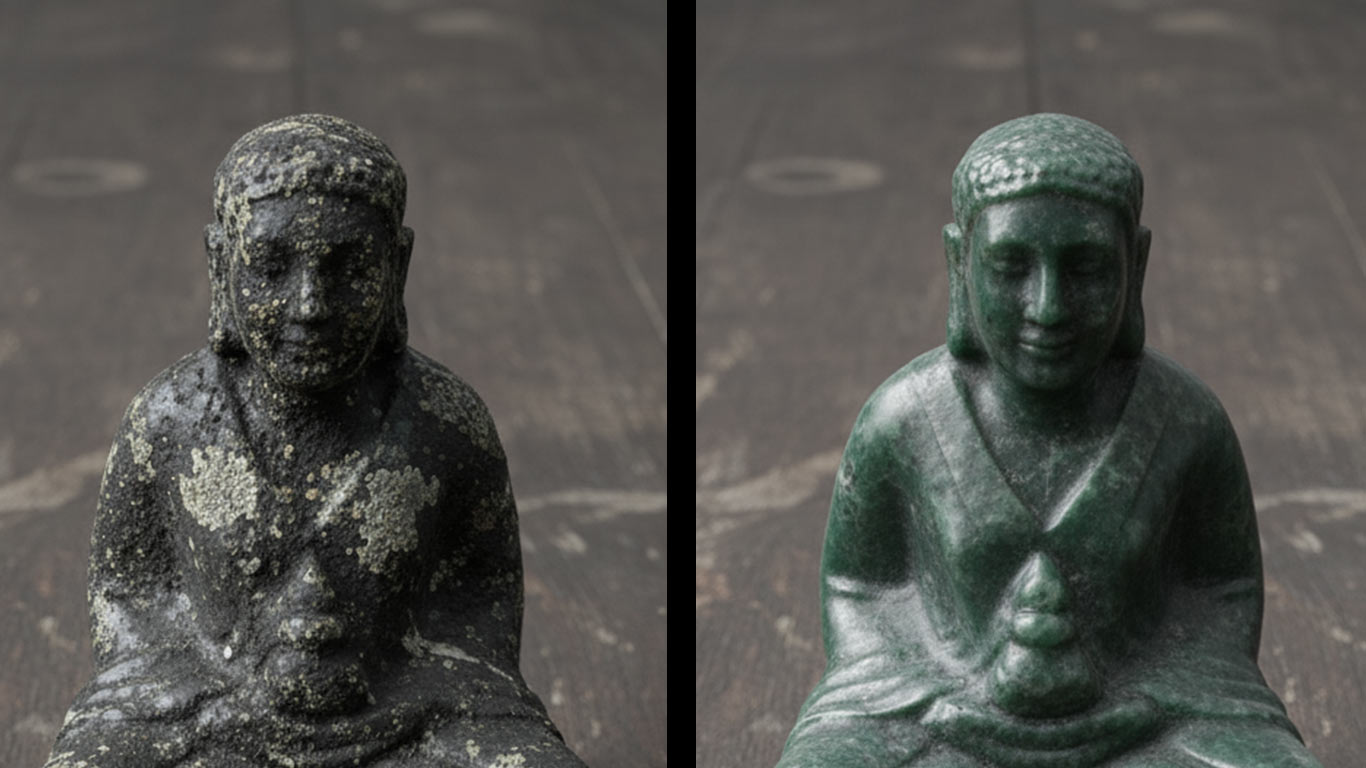
FDA
FDA 21 CFR 1040.10 - Laser Product Performance Standards



When laser cleaning serpentine, begin with a moderate power setting to make use of its good heat resistance, which helps avoid surface cracking in the process, then use steady scans to reveal contaminants without changing the stone's dense structure, but keep an eye out for porosity buildup if passes overlap too much
I've seen the contaminated Serpentine surface at high magnification, and it shows thick layers of grime covering the uneven texture. Dirt particles cling tightly to the rough pores, making the whole area look dull and clogged. Scattered debris fills the cracks, hiding the stone's natural patterns completely.
After laser treatment, the clean Serpentine surface reveals a smooth and even texture underneath. The treatment removes all grime from the pores, exposing the stone's fine grain details clearly. Now the area appears

FDA 21 CFR 1040.10 - Laser Product Performance Standards

ANSI Z136.1 - Safe Use of Lasers

IEC 60825 - Safety of Laser Products

OSHA 29 CFR 1926.95 - Personal Protective Equipment